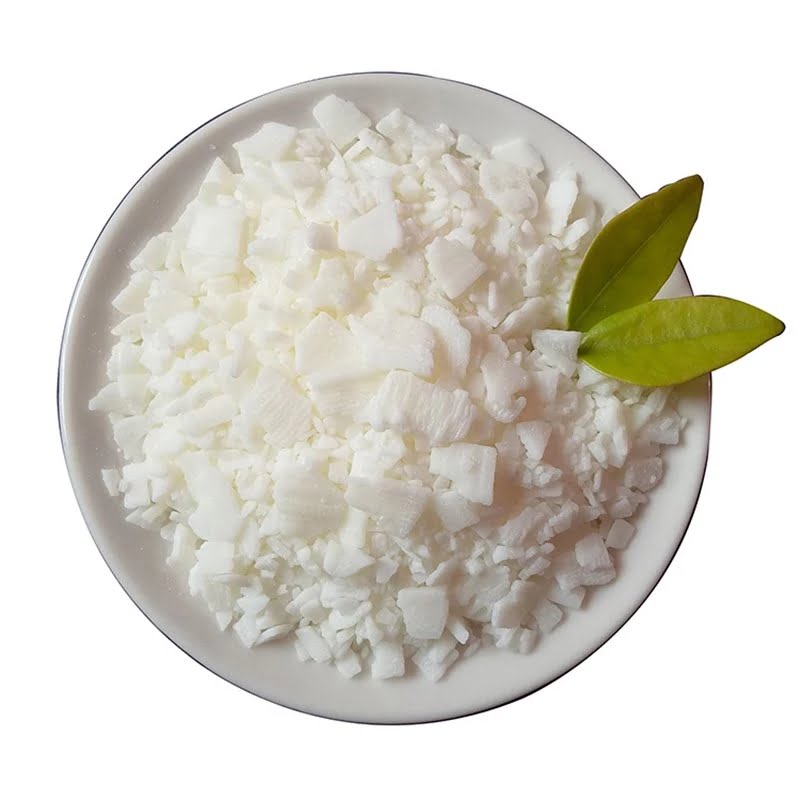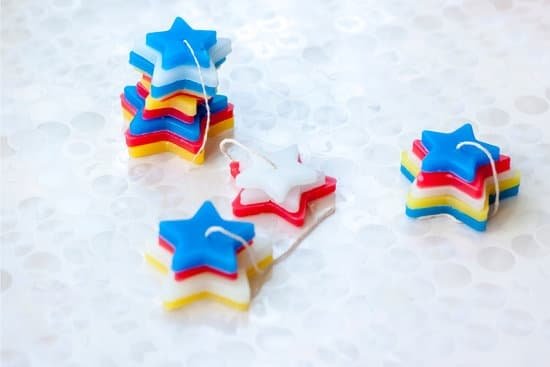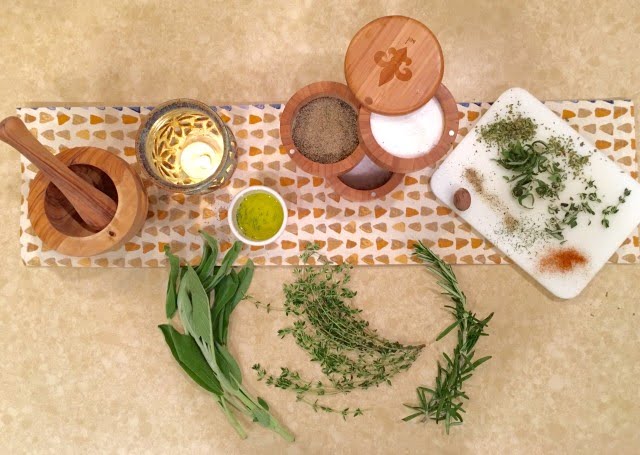Are you a candle maker wondering how to price your time when making candles? Understanding the costs involved in candle making is crucial to ensure that you are pricing your time correctly. This article will provide a comprehensive guide on how to factor in material, equipment, and overhead expenses when determining the value of your time spent creating candles.
First, we will delve into the breakdown of the different costs involved in candle making. From raw materials to equipment and overhead expenses, it’s essential to have a clear understanding of all the costs that go into creating your products. Once these costs are understood, we can move on to calculating the hourly rate and desired profit margin based on this information.
In addition to material and equipment costs, experience and skill play a significant role in determining how much your time is worth when making candles. It’s important not to undervalue the expertise and artistry that goes into crafting high-quality candles.
It’s equally important to conduct market research, explore different pricing models like cost-plus pricing or competitive pricing, understand the impact of selling channels on pricing strategy, and learn how to adjust prices as skills improve or market conditions change. By following these steps, you’ll be equipped with the knowledge needed to set a final retail price for your candles that accurately reflects the value of your time and efforts.
Calculating the Hourly Rate
Consider All Costs
Before determining your hourly rate, it’s essential to consider all the costs involved in candle making. This includes materials such as wax, wicks, fragrance oils, and containers, as well as equipment like melting pots, thermometers, and molds. Additionally, overhead expenses such as utilities, packaging, labeling, and marketing should be factored in. Understanding the full scope of costs will help you determine the minimum amount you need to cover per hour of work.
Desired Profit Margin
When calculating your hourly rate, it’s important to establish a desired profit margin for your candle-making business. This margin should align with industry standards and reflect the value of your time and expertise. Consider what profit margin is typical for similar products in the market and what would make your efforts worthwhile. Your hourly rate should not only cover the costs but also contribute to achieving your profit goals.
Hourly Rate Formula
To determine your hourly rate when making candles, a simple formula can be applied. Add up all the costs associated with production and overheads for a specific period (e.g.
monthly) and then divide this total by the number of hours you devote to making candles during that period. Once you have a baseline hourly rate based on these calculations, you can use it as a starting point and adjust it based on factors such as skill level, market demand, competition pricing strategies, and selling channels impact.
By understanding all these elements thoroughly-materials cost, overheads cost as well as desired profit margin-you can competently decide how much to charge for each hour spent on candle making. Monitoring time spent on creating each product is important alongside adding up actual out-of-pocket costs how much are required for managing projects from start until finish.
Factoring in Skill and Expertise
As a candle maker, it’s essential to consider the value of your skill and expertise when pricing your time. Your experience in creating high-quality candles can set you apart from competitors and justify a higher price for your products. Understanding how to factor in these elements can help you create a pricing strategy that reflects the true worth of your time and craftsmanship.
Valuing Experience and Expertise
When determining how to price your time when making candles, it’s crucial to factor in the expertise and experience you bring to the craft. Consider the years of practice, experimentation with different techniques, and the knowledge you’ve gained about creating unique scents or designs. These factors contribute to the value of your time and should be reflected in the final pricing of your candles.
Quality vs. Price
Consumers are often willing to pay more for products that are handmade with care and attention to detail. When setting prices for your candles, consider the quality of your work and how it compares to mass-produced alternatives. Highlighting the craftsmanship and uniqueness of your candles can justify a higher price point, especially when customers understand the level of expertise involved in their creation.
Educating Customers
Another aspect to consider is educating your customers about the process behind creating your candles. By sharing insights into the skills, techniques, and creativity involved, customers may better appreciate the value of both your time and their purchase. This can help justify higher prices while also building customer loyalty based on an understanding of what goes into each candle. Therefore, factoring in skill and expertise isn’t just about setting prices but also about communicating their worth to potential buyers.
Market Research
When it comes to pricing your time when making candles, conducting thorough market research is essential in understanding the pricing strategies of other candle makers and the demand for your products. By gaining insight into the current market conditions, you can make informed decisions that will have a direct impact on how you price your time and ultimately set the final retail price for your candles.
Here are some key steps to consider when conducting market research in the candle making industry:
- Identify Your Competition: Research and identify other candle makers in your area or within your target market. Look at the types of candles they offer, their pricing strategies, and their perceived value in the market.
- Understand Customer Demand: Survey potential customers to gauge their interest in handmade candles, preferred scent options, and what price points they are willing to pay for high-quality products.
- Analyze Market Trends: Stay up-to-date with current trends in the candle industry. This includes popular scents, styles, packaging, and any emerging consumer preferences that may impact pricing and demand.
- Evaluate Distribution Channels: Research different distribution channels such as online platforms, local markets, craft fairs, or specialty stores to understand where your target customers are shopping for candles.
By taking these steps to conduct comprehensive market research, you can gain valuable insights into how other candle makers are pricing their products and better understand the demand for handmade candles. This information will be instrumental in shaping your own pricing strategy for the time invested in creating these unique products.
Ultimately, using this research data will help you make informed decisions about how to price your time when making candles. Whether you choose a cost-plus pricing model based on materials and labor costs or opt for a value-based pricing approach determined by customer perception and demand, understanding the market will guide you towards setting competitive prices while also valuing your expertise as a candle maker.
Pricing Models
When it comes to pricing your time when making candles, it’s essential to understand the different pricing models that can be applied to candle making. These models include cost-plus pricing, value-based pricing, and competitive pricing. Each of these models has its own benefits and considerations, and choosing the right one can make a significant impact on your profitability as a candle maker.
Cost-plus pricing is a straightforward model that involves calculating the total cost of producing a candle and then adding a markup to determine the selling price. This approach ensures that all your costs are covered while allowing you to set a reasonable profit margin.
When using cost-plus pricing, it’s important to accurately calculate all costs, including materials, labor, and overhead expenses. This method ensures that your time is adequately compensated for in the final price of your candles.
On the other hand, value-based pricing focuses on the perceived value of your candles in the eyes of consumers. This approach takes into account factors such as the quality of materials used, unique designs, and any additional benefits or experiences associated with your candles. By assigning value to your products based on these considerations, you can set higher prices for your time and expertise in crafting high-quality candles.
Lastly, competitive pricing involves researching the prices of similar candles in the market and setting your prices accordingly. While this model may seem simple, it’s crucial to consider whether undercutting competitors’ prices will devalue your time and skill as a candle maker. It’s essential to strike a balance between remaining competitive in the market while also ensuring that your time investment is appropriately compensated.
Considering these different pricing models when determining how to price your time when making candles can help you make informed decisions about how much to charge for each product. Whether you decide on cost-plus pricing, value-based pricing, or competitive pricing, understanding their implications will allow you to set fair yet profitable prices that reflect the worth of your craftsmanship.
| Pricing Model | Description |
|---|---|
| Cost-Plus Pricing | Calculating total cost + adding markup |
| Value-Based Pricing | Focusing on perceived value in consumer’s eyes |
| Competitive Pricing | Researching competitor prices + setting prices accordingly |
Selling Channels Impact
When it comes to determining how to price your time when making candles, the selling channels used can have a significant impact on your pricing strategy. Different distribution channels come with their own set of costs and considerations that should be factored into the final retail price of your candles. Here are some key points to consider:
- Direct-to-Consumer: If you choose to sell your candles directly to consumers through your own website, at local markets, or through other direct sales channels, you may have more control over pricing. However, you also need to account for marketing and advertising costs, as well as the time spent managing orders and customer inquiries.
- Retail Partnerships: Partnering with retail stores or boutiques can expand your reach and customer base, but it also means giving up a portion of the revenue in wholesale discounts. You’ll need to adjust your pricing strategy accordingly to ensure that you still cover your costs and make a profit when selling through these channels.
- Online Marketplaces: Selling on platforms such as Etsy or Amazon can provide exposure to a large audience, but keep in mind that these platforms often charge fees or commissions on each sale. Factor these additional costs into your pricing model to maintain profitability.
By understanding how different selling channels impact the overall cost structure of your candle business, you can make informed decisions about how to price your time effectively in order to achieve your desired profit margins.
Ultimately, the selling channel you choose will shape not only who you’re reaching with your products but also how much it will cost for you to reach them. Each channel comes with its own pros and cons that should be carefully weighed against both cost factors and potential revenue generation.
Whether direct-to-consumer or through partnerships with larger entities, it’s crucial that the chosen distribution method aligns with the pricing strategy for your time and contributes positively towards sustainable growth in the candle making business.
Adjusting Prices
As a candle maker, it is crucial to understand how to properly price your time when creating your products. One important aspect to consider when establishing the pricing for your candles is the ability to adjust prices over time. As your skills improve and as the market changes, it is essential to review and potentially revise your pricing strategy in order to remain competitive and profitable.
When reflecting on how to adjust prices based on improving skills, it’s important to recognize that as you become more proficient in candle making, you may be able to produce more intricate or higher-quality products in less time. This increased efficiency and expertise should be reflected in your pricing model. It’s common for skilled artisans to undervalue their work because they become faster over time, but this increased efficiency deserves fair compensation.
Similarly, keeping an eye on market trends and changes is vital for maintaining a successful candle making business. If there are shifts in consumer preferences or if there’s an influx of new competitors in the market, adjusting your pricing strategy might be necessary. Staying aware of these external factors will help you make informed decisions about whether price adjustments are needed to remain competitive while still ensuring profitability.
In summary, understanding when and how to adjust prices based on improved skills or changing market conditions requires vigilance and adaptability. By staying informed about industry trends, capturing the value of increasing expertise, and regularly reviewing and revising your pricing model accordingly, you can maintain a sustainable and thriving business producing high-quality candles.
| Topic | Description |
|---|---|
| Improved Skills | Recognize increase in proficiency |
| Market Changes | Adaptation based on consumer behavior & competition |
| Pricing Model Review | Regularly review & revise according to skill improvement & market changes |
Setting the Final Price
In conclusion, pricing your time when making candles is a crucial aspect of running a successful candle-making business. Understanding the costs involved in candle making, including materials, equipment, and overhead expenses, is the first step in determining the value of your time. Calculating your hourly rate based on these costs and factoring in your desired profit margin will help you establish a fair price for your expertise and labor.
It’s important to recognize the value of your skill and experience in candle making when determining the pricing of your time. Market research plays a significant role in understanding the pricing strategies of other candle makers and the demand for your products. This information will guide you in choosing the most suitable pricing model for your candles, whether it be cost-plus pricing, value-based pricing, or competitive pricing.
Moreover, the distribution channels used to sell your candles can impact the overall pricing strategy for your time. As you gain more experience and improve your skills, it’s essential to adjust your prices accordingly.
By following a step-by-step guide to set the final retail price for your candles based on the pricing of your time and other costs involved, you can ensure that you are adequately compensated for both materials and labor while remaining competitive within the market.
Frequently Asked Questions
How Do You Set Candle Prices?
Setting candle prices involves considering various factors such as the cost of materials, labor, and overhead expenses. It’s important to also research the market to see what similar candles are selling for and to factor in potential profit margins. Pricing can also be influenced by the brand positioning and target market of the candles.
How Are Candle Prices Calculated?
Candle prices are typically calculated by adding up all the costs associated with making a candle, including the cost of wax, wicks, fragrance oils, containers, packaging, and other materials. In addition to these direct costs, overhead expenses like utilities, rent, labor, and marketing must also be factored in.
Once all the costs are totaled up, a desired profit margin is added to determine the final selling price.
How Do You Calculate Candle-Making?
Calculating candle-making involves accurately measuring out ingredients like wax and fragrance oils based on a chosen recipe or formula. This process requires precision to ensure that each candle batch turns out consistent in quality and scent.
Additionally, careful temperature monitoring and timing during the melting, pouring, and cooling stages is crucial for successful candle-making. Quality control measures can also play a role in calculating candle-making by ensuring that each finished product meets certain standards before being sold.

Welcome to my candle making blog! In this blog, I will be sharing my tips and tricks for making candles. I will also be sharing some of my favorite recipes.





